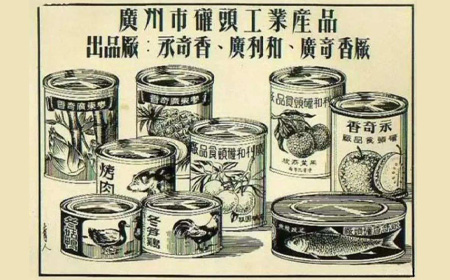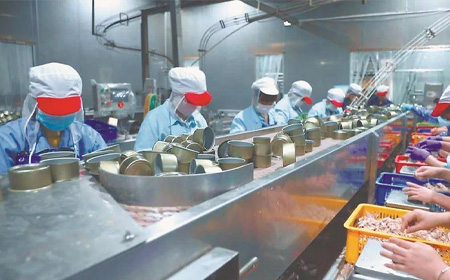Canning is a method of packaging food, which can be canned drinks, including canned soda, coffee, juice, frozen milk tea, beer, etc. It can also be canned food, including luncheon meat, and the packaging material is tinplate. The can opening part still uses a can opener, or it may have imitation can technology. The packaging material used is aluminum alloy. Nowadays, most can opening methods are pop cans, which is easy to use.
Chinese name: canned food
Foreign names: Tin can, Steel can
Time: 1809
Figure:

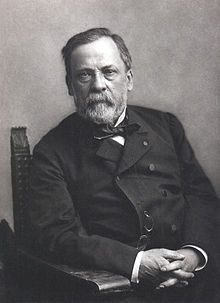
Nicola Appel Louis Pasteur
Location: France
The origin of canned food
In 1809, world trade was booming. Seafarers who lived on ships for a long time became sick because they could not eat fresh vegetables, fruits and other foods. Some even suffered from serious life-threatening scurvy. So the French government used a huge bonus of 12,000 francs to solicit a method for long-term food storage. Many people have invested in research activities in order to win awards. Among them, the French Appel couple who deal in candied food spent all their energy on continuous research and practice, and finally found a good way: put the food into a wide-mouth glass bottle, plug the bottle mouth with a cork, and heat it in a steamer , then plug the cork tightly and seal it with wax. In this way, the earliest cans appeared. The Abel couple received a reward from the French government and a warm welcome from the sailors.The evolution of cans
The earliest cans were made of glass bottles with cork and wire tightly plugged into the bottle mouth. At the end of the 18th century, the French general Napoleon led his troops to fight in all directions. Because the battle front was too long, a large amount of food would rot and deteriorate after being transported to the front. He hoped to solve the problem of food storage during war marches, so he offered a huge reward of 12,000 francs to anyone who could invent a way to prevent this. This huge sum of money was awarded to him for the technology and equipment to prevent food spoilage.
Many scientists in France were thinking hard about this. At that time, there was a chef named Nicolas Appert (1749-1841), who had worked as a worker in sauerkraut factories, wineries, candy shops and restaurants. When he was selling fruit pulp, wine and other foods, he found that some foods tended to go bad, while others did not go bad easily. He also accidentally discovered that food sealed in glass containers would not deteriorate easily if properly heated, and he was greatly inspired by this. Therefore, Appel responded to the public reward and conducted specialized research on food preservation methods.
After ten years of hard research, he finally succeeded in 1804. He processes the food, puts it into jars, puts it all in a boiling water pot, heats it for 30-60 minutes, then plugs it tightly with a cork while it's still hot, and then reinforces it with thread or seals it with wax. This technology is used in It was patented and made public in 1810. In this way, food can be preserved for a longer period of time without deterioration. This was the prototype of modern canning.
Appel received a bonus from Napoleon and opened a factory to provide food for the French army. Shortly after the advent of Appel's glass can, the British Peter Durand developed a tin can made of thin tin iron and obtained a patent in the UK. This patent was later used by Hall and Gan. Acquired by Gamble and Donkin. It is the ancestor of the iron cans commonly used today.
In 1862, French biologist Pasteur published a paper stating that food spoilage was caused by bacteria. Therefore, canning factories use steam sterilization technology to make canned food reach absolute sterility standards. Today's aluminum foil packaging cans were born in the United States in the 20th century
Canning
Canned food refers to food that meets the requirements of commercial sterility and can be stored for a long time at room temperature through processing, blending, canning, sealing, sterilization, cooling, or aseptic filling of raw materials that meet the requirements. There are two major methods of canned food production. Key Features: Sealing and Sterilization.There are rumors in the market that canned food uses vacuum packaging or adds preservatives to achieve long-term storage. In fact, canned food is first sealed and packaged instead of vacuum, and then undergoes a strict sterilization process to achieve commercial sterility. Canned food is essentially It is impossible to use vacuum technology to prevent bacterial growth.
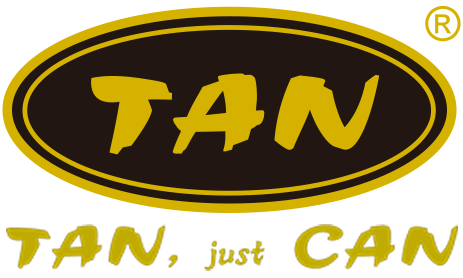
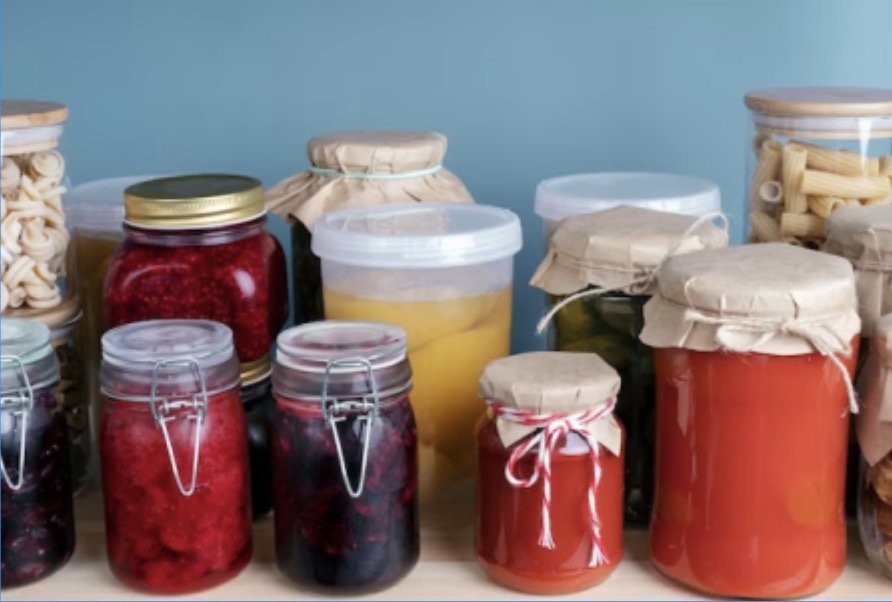
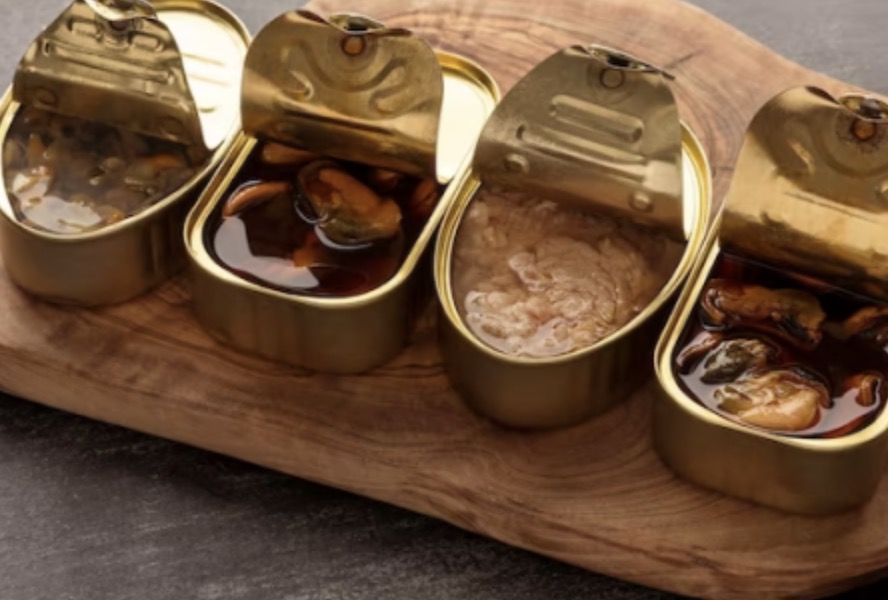
.png)
